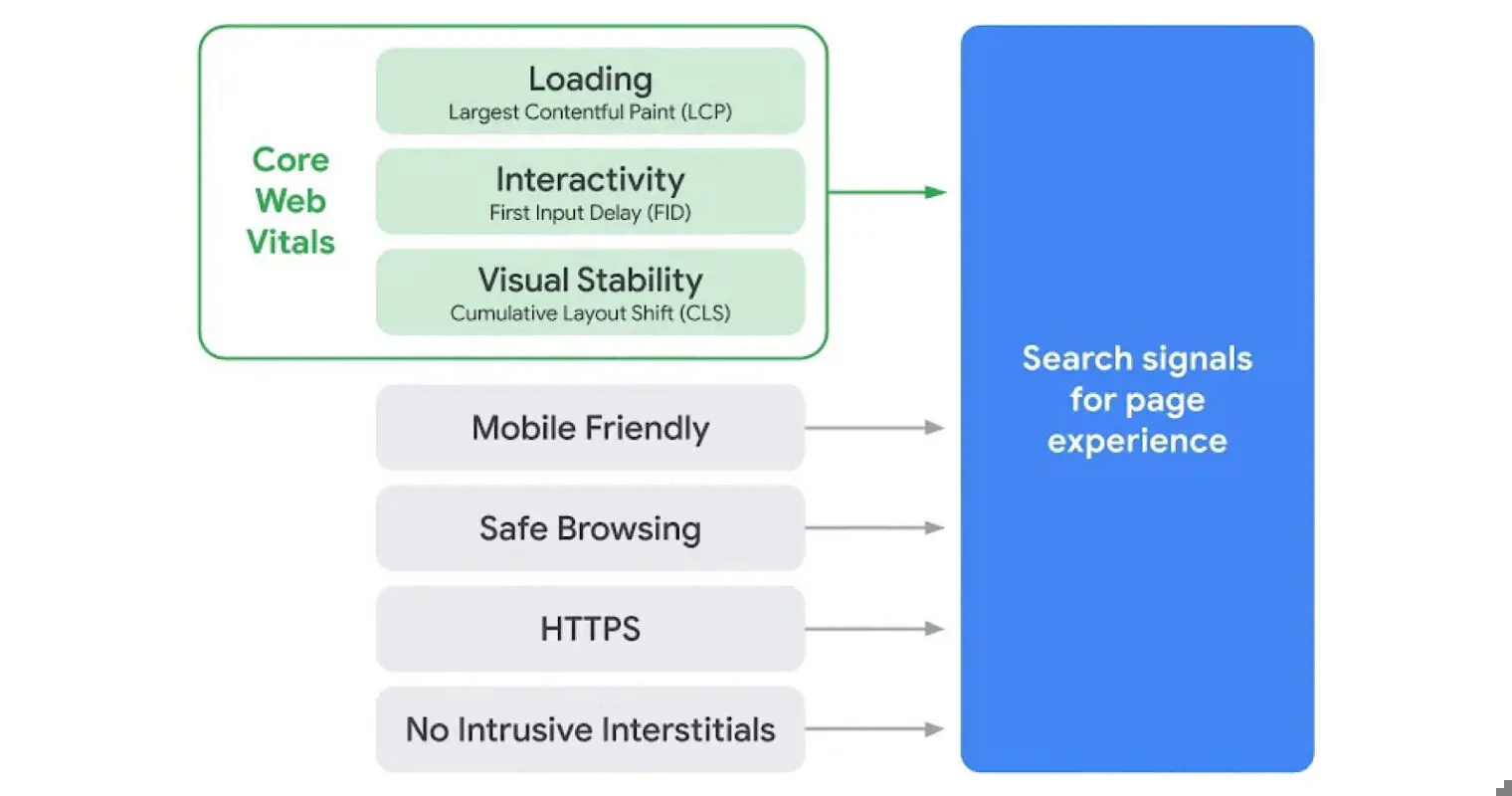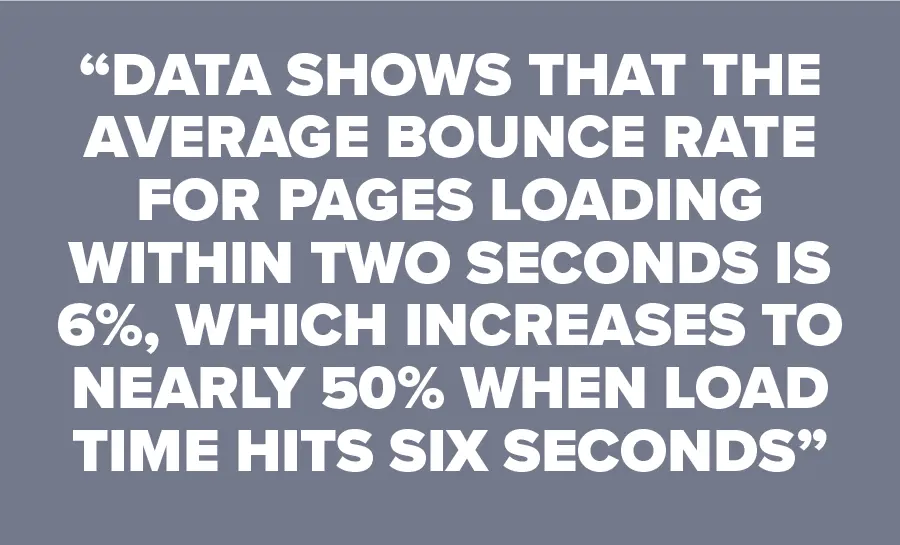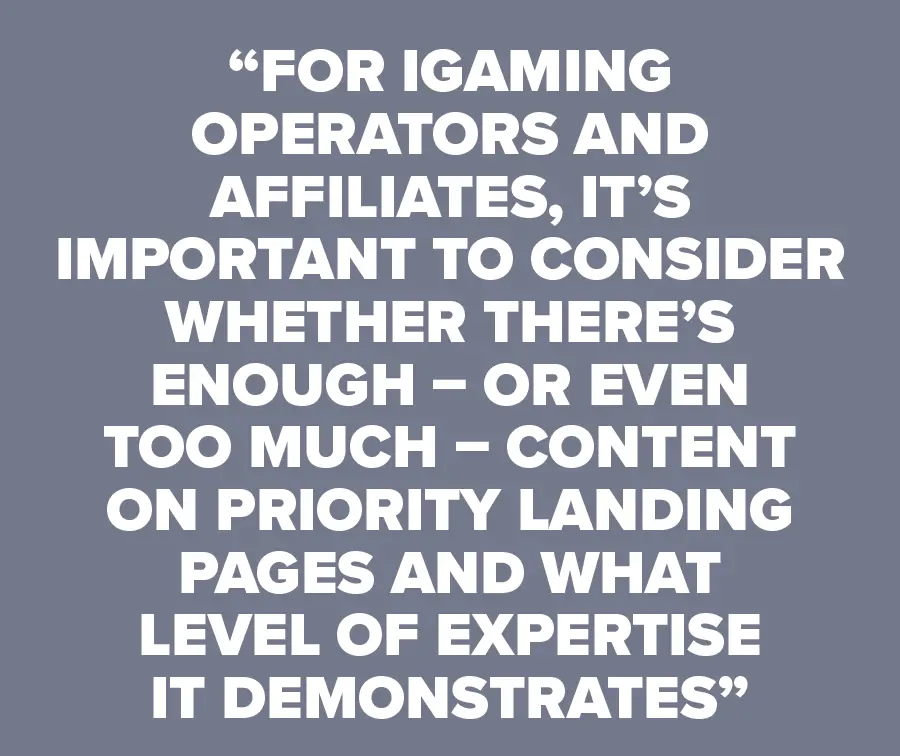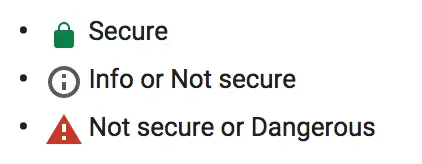

With some observers predicting Google’s May 2021 update to have a seismic impact on the SERPs, LARISSA GREEN provides five SEO checkpoints to prioritise as part of your preparation
ew people were properly prepared for what happened last year, but when it comes to 2021, Google has made things much clearer. It has issued a strong warning for its highly anticipated algorithm update due to be rolled out in May. Including a new factor called Page Experience, the update is set to have a huge impact on search ranking and subsequent traffic to your site. For both affiliates and operators working in the igaming space, understanding and keeping up with the signals Google will be looking for is vital for maintaining visibility and revenue streams. However, for those looking to take things one step further, the Page Experience update may serve as a fantastic opportunity to make gains in visibility and shake up the competitive landscape. While we still have roughly two months to go, taking action
nowis crucial and should be made a priority. In this article we will cover what we know so far about the update and define what needs to be done to ensure there are no negative surprises in store when the update drops this May.
FIRST THINGS FIRST, WHAT IS PAGE EXPERIENCE?
Put simply, the update title – Page Experience – describes exactly what the update will assess: how users interact with and experience a web page. According to Google, the page experience signal “measures aspects of how users perceive the experience of interacting with a web page. Optimising for these factors makes the web more delightful for users across all web browsers and surfaces, and helps sites evolve towards user expectations on mobile. We believe this will contribute to business success on the web as users grow more engaged and can transact with less friction.” Taking that into account, it’s safe to say that the better the experience you offer your users, the better rankings you will achieve. But this isn’t really that surprising, is it? For years, Google has been conditioning us to think this way, with their algorithms already using search signals such as mobile-friendliness, page speed, safe browsing and intrusive interstitials, all of which arguably fall under the umbrella of “page experience”. But come May, these search signals will be expanded to include further elements of Google’s Core Web Vitals: loading, interactivity and visual stability.
PREPARING FOR THE UPDATE
Sure, the update sounds pretty hefty, but with roughly two working months to go, there’s still time to get your house in order! To help ease the tension, we’ve put together our Top Five SEO checkpoints that you should prioritise as part of your preparation.1. Every second countsAs a key influence on page experience, site load speed will remain a huge part of the May update.Datashows that the average bounce rate for pages loading within two seconds is 6%, which increases to nearly 50% when load time hits six seconds. This means you run the risk of losing almost half of your customers in just four seconds. Google’s best practice guidelines suggest that page loading speed should be just three seconds – you can check your site speedhere.This is especially relevant for gaming sites that are overrun with large images, videos and Javascript/CSS. If your site is loading way beyond the recommended parameters, consider addressing the following:- Are your images larger than they need to be? If not, be sure to optimise your images, check they’re in the correct format and that they’re compressed for the web.
- Can you minify your CSS, Javascript and HTML?
- Can you minimise HTTP requests? The more components on a page, the longer it takes to render.

- Demonstrating Expertise
- Becoming an Authority
- Building Trust



